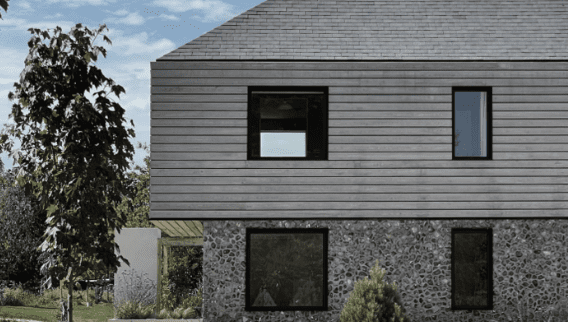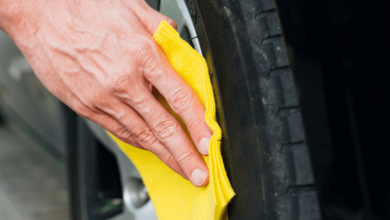Fire-Rated Timber Cladding: The Future of Safe and Sustainable Construction

Modern architecture is shaped by the challenge of balancing aesthetics, performance, and safety. As building regulations evolve, so does the demand for materials that not only perform well but also meet the highest fire safety standards. Fire-rated timber cladding has emerged as one of the most reliable solutions, offering the warmth of real wood while achieving Euroclass B-s1,d0 certification under EN 13501-1.
The Evolution of Fire Safety in Timber
Historically, timber façades were restricted in use because of their flammability. The introduction of advanced fire-retardant treatments and thermal modification has changed that perception entirely. Through factory-controlled processes, wood species such as ThermoWood and Accoya are enhanced to resist ignition and limit flame spread. These systems now achieve Euroclass B classification, ensuring that the material produces minimal smoke and no flaming droplets in the event of a fire. This advancement allows architects to specify timber even in multi-storey or mixed-use developments where non-combustibility used to be mandatory.
How Fire-Rated Systems Work
Fire-rated timber cladding is produced through one of several methods. The most common is pressure-impregnation, where fire retardant solutions penetrate deep into the cellular structure of the wood. Another method involves intumescent coatings that expand under heat to form a protective char layer, insulating the substrate from oxygen. These processes are tested under international standards such as ISO 1716 and EN 13823 to verify performance. The result is a product that maintains its structural integrity far longer than untreated timber, providing crucial evacuation time and reduced property damage in real fire scenarios.
Sustainability and Design Benefits
Beyond fire performance, these systems contribute significantly to sustainable building design. Timber is a renewable material with a low embodied carbon footprint, and when sourced responsibly under FSC or PEFC certification, it supports global forest stewardship. Compared to metal or composite façades, fire-rated timber offers superior insulation values and natural aesthetic appeal. Architects value its flexibility—whether used in rainscreen, shadow-gap, or vertical cladding profiles, the result is always a balance of performance and beauty. Long-term weather stability and reduced maintenance cycles also contribute to strong life-cycle cost efficiency.
Real-World Applications
Across the UK and Europe, Euroclass B fire-rated cladding is specified for educational campuses, healthcare facilities, and residential towers. It has also gained popularity in hotels and commercial complexes where design expression matters as much as compliance. These façades can be prefinished in a range of tones—from natural silvers to deep charred effects—meeting both contemporary and traditional design intents. By combining safety with visual sophistication, fire-rated timber cladding has redefined what is achievable in modern architecture.
Specification Tips for Architects
To maximize safety and longevity, installation must follow strict detailing principles. Cladding systems require a ventilated cavity and non-combustible substructure components. Stainless-steel fixings, end-grain sealing, and correct batten spacing prevent moisture accumulation and preserve structural performance. Documentation of testing certificates and factory production control (FPC) ensures compliance during inspections. Architects and contractors should also confirm that any surface coatings used are compatible with the fire-retardant treatment.
Conclusion
As the construction sector transitions toward net-zero objectives, the role of fire-rated timber cladding will only grow. It represents the intersection of safety, sustainability, and design innovation—qualities that define the next generation of building envelopes. For certified systems tailored to UK standards, visit Timber Cladding Specialists to explore high-performance solutions like Euroclass B fire-rated cladding fire-redundant-treatment] for compliant, natural façades.
Note: In the United Kingdom, Euroclass B-s1,d0 is recognised as exceeding the legacy Class 0 rating. While Class 0 was based on surface spread of flame and fire propagation tests, the Euroclass system provides a more comprehensive assessment of reaction to fire, aligning with modern Building Regulations for external cladding applications.

Source: Fire-Rated Timber Cladding: The Future of Safe and Sustainable Construction



